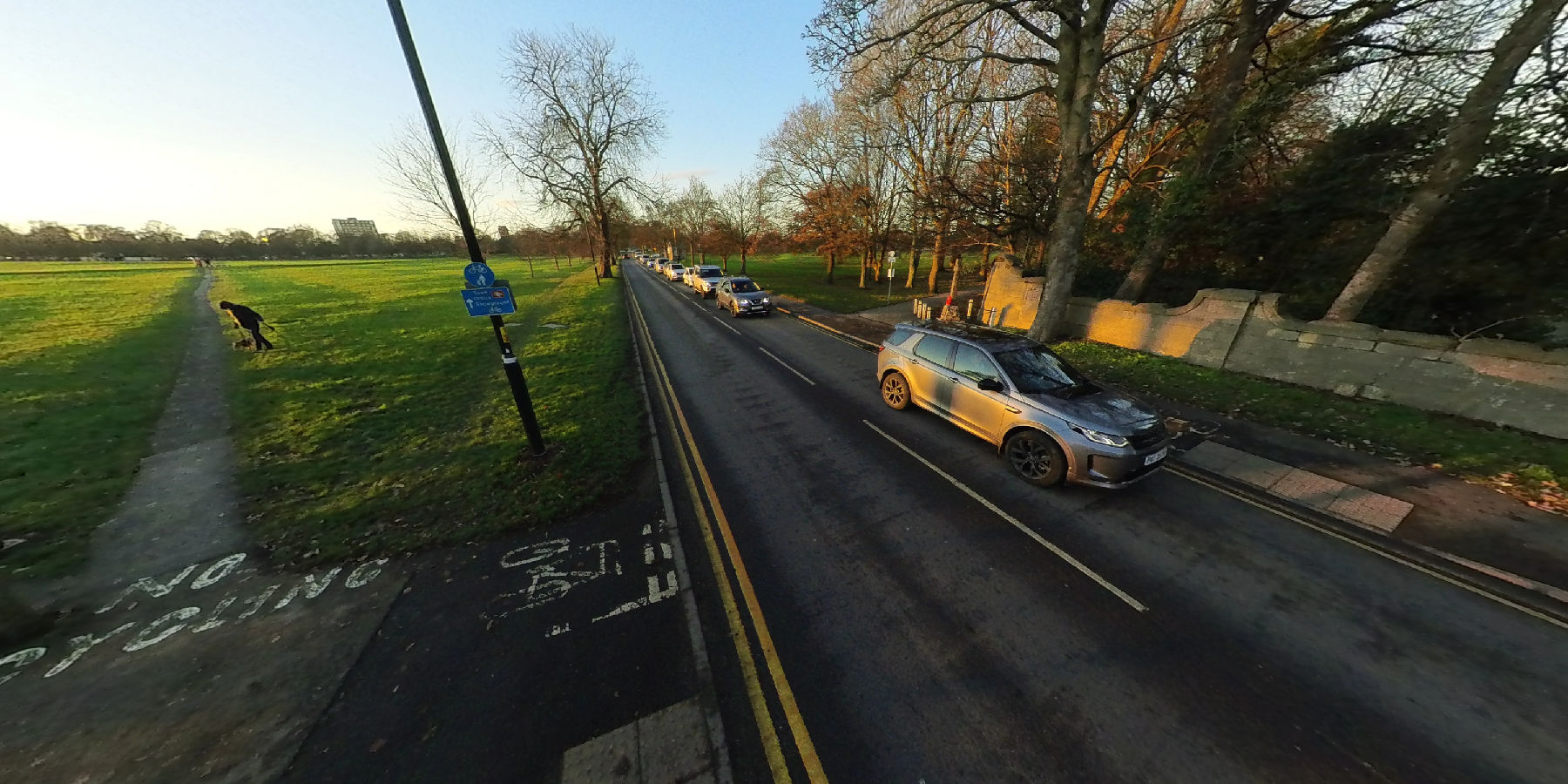Urbanisation brings more traffic and road risks to communities. Traffic calming employs physical design and signage to influence driver behaviour and improve safety. As cities worldwide embrace sustainable transportation planning, traffic calming offers affordable options to make streets pedestrian-friendly without major infrastructure changes. Integrating these passive controls creates vibrant, connected communities.
Traffic Calming Features and Options
Traffic calming aims to reduce speeds and risky driving manoeuvres. Common features like speed humps, chicanes, roundabouts, and pavement extensions physically or visually narrow lanes. Gateways using different paving patterns, colours or surface materials indicate entering slower zones. Other markings highlight potential conflicts and crossing points. Enhanced signage also reinforces designated speed limits, cautions or even highlights types of speed bumps that are in place. This mix of infrastructure and signage target improved safety.
Environmental Benefits
Slower steady vehicle speeds provide added environmental benefits, reducing traffic noise, emissions, and fuel consumption. The stable pace of calmed traffic emits less pollution than the intermittent acceleration, braking and idling patterns which predominate on unchecked busy roads. Supplementary environmental street barriers with plantings, living walls or earthen berms further buffer and diminish noise permeating surrounding homes and shops. Combined effects increase local air quality and enhance neighbourhood soundscapes ideal for more walking, cycling and outdoor recreation.
Community Liveability Impacts
Traffic calming extends significant benefits throughout surrounding communities beyond roads themselves. Reduced traffic risks make parents more comfortable allowing children to walk or bike to nearby schools rather than drive reducing door-to-door vehicular trips. Roadways evolve into more shared public spaces for social gatherings, children’s’ play and connecting with neighbours that were previously considered too dangerous. Supporting this increased local activity helps to foster greater civic pride and place attachment, which research shows positively influences behaviours and involvement.
Access Considerations for Inclusion
Several special access considerations maintain equitable mobility options for all residents. Accommodative traffic-calmed routes aid elderly individuals or residents with disabilities, preventing isolation hardships through maintained driveway access. Emergency vehicle access allows quick responses, preserving vital public services. Certain vehicle types, like lorries or moped scooters, may warrant limited exemptions from any restrictions to ensure commerce flows to city businesses. Striking the right balance between environmental constraints and community mobility needs, such as parcel deliveries and waste collection, results in smoother adoption.
Transforming Main Streets
The most radical traffic-calmed streets are looking to completely transition from vehicle throughways to pedestrian spaces. These ‘shared zones’ block external traffic flows almost entirely, transforming once car-centric roadways into thriving public gathering squares. Decorative play spaces, miniature parklets and expanded pathway dining patios rapidly fill spaces once dominated almost exclusively by cars. Transformations like The Grocer’s Market area in Hackney or Times Square in New York City highlight similar cultural and economic revivals replicated worldwide on these reclaimed streets.
Optimising Parking Policies
Updating parking policies to limit availability and repurposing existing carparks also complements sustainable traffic calming aims. Reducing or getting rid of on-street residential parking availability discourages driving for quick trips when reasonable active mobility options exist nearby. Adding ample bicycle racks at shops further promotes cycling for these short neighbourhood journeys. Redeveloping larger parking facilities or garages into much-needed green spaces, affordable housing or schools also displaces once parked cars. Enforcing new mobility fees on garages then helps fund alternative transportation modes to manage residual parking demand. Refocusing roadway space allocations by necessity follows appropriately reduced vehicle dominance in revitalised neighbourhoods.
Home Zone Shared Street Schemes
Home zone shared streets exemplify holistic traffic calming plans supporting more liveable spaces within residential areas. These cobblestone or paved calmed zones seamlessly integrate permissions for pedestrians, cyclists and ultra-low speed vehicles to traverse together through implementation guidance such as the Department for Transport’s Manual for Streets. Play areas for children, adjacent plantings and resting public seating areas occupy roadways once monopolised almost solely by cars. Reduced 10 mph speed limits force vehicles to engage with their surroundings and proceed cautiously through these shared spaces. Relinquishing absolute vehicle priority means the basic function of roads transforms to become welcoming sociable places improved for its community inhabitants.
Community Awareness Campaigns
Proactively garnering public support can further speed up traffic calming scheme adoption and lower objections. Community education workshops inform residents about project goals, expected changes, and envisioned benefits in an inclusive way. Launch events offering celebratory car-free days temporarily highlight possible improvements firsthand. Ongoing engagement through surveys and periodic block events then maintains momentum while securing feedback on resident preferences to hone specific adjustments. Using positive mobility messaging promotes identified enhancements versus any perceived detrimental imposition. Enriching campaigns in this way allow residents themselves to collaboratively shape the evolution of spaces within their own neighbourhoods.
To Conclude
Prioritising holistic traffic calming plans closely aligns with overarching aspirations of creating healthier and more sustainable cities for the future. Measurable improvements in safety and noise reduction can be achieved by strategically using speed bumps, signage enhancements, and street narrowing, which in turn encourages more walking and cycling in the community. Furthermore, transforming mobility by closing selected streets to outside traffic also fosters vibrant public gathering places and local economic activity. By integrating smarter mobility options, urban liveability is improved and movement equity is restored. Embedding these traffic calming principles during all street improvement programmes leads the way in shaping people-centric urban designs for generations.







